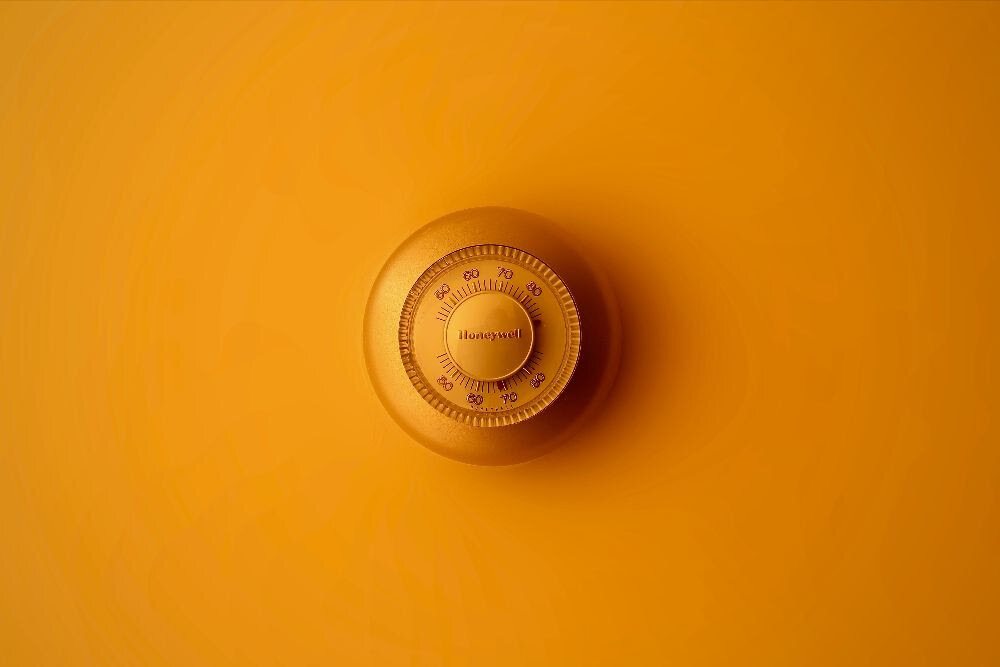Biohacking your Sleep Cycles
A few months ago we discussed the importance of maintaining a regular circadian rhythm. Your circadian rhythm is your internal biological clock, which regulates everything from your mood, to your hormones, to when you feel tired and hungry during the day. If your circadian rhythm is off (for example when you’re jet lagged or not sleeping at a consistent time every night), this can lead to insomnia, fatigue, loss of appetite, and decreased physical and mental performance.
Click here to receive insights in our weekly newsletter.
One of the factors that affects your circadian rhythm is exposure to light. When it's dark, this is a cue that it’s night time and you start producing melatonin, the sleepy hormone. On the other hand, when your eyes are exposed to bright light in the morning, this is your body’s cue that it’s daytime and it sends a signal to your brain to stop producing melatonin. However, when your external cues (e.g. light) and biological clock are misaligned, this is when you can start to have problems. For example, exposure to bright light at night is sending a signal to your brain to stop producing melatonin, which can potentially keep you up at night. This is why it’s so important to stop exposing your eyes to light, particularly screens, late at night.
But what happens in the winter when the days are shorter and we often have to get out of bed before it’s light outside? This lack of light in the winter can cause huge disturbances in our circadian rhythm and can make it really hard to get out of bed - and we might feel groggy for hours. Here are a few biohacks that can help get you through these winter months:
1. Artificial light exposure. While not the same as sunlight coming through your window in the morning, there are ways you can expose your eyes to light in the morning - even when it’s dark outside. One option is to get an alarm clock that creates an artificial sunrise. You can set it to the time you want to wake up, and it will gradually increase the brightness in your room to mimic a sunrise. Here’s a comprehensive New York Times article on different sunrise alarm clocks and the pros and cons of various models.
2. Optimize room temperature. Just like light affects your circadian rhythm, so does room temperature. At night, increased melatonin levels cause a natural cooling of your body temperature by 0.3-0.4 degrees Celsius, which helps you fall and stay asleep. So you should keep your room at 19 degrees C (or cooler) to promote drowsiness. So another way to help you get out of bed in the morning is to set your thermostat to gradually increase in temperature for the half hour or hour before you’d like to wake up. This will also make getting out of bed in the morning less uncomfortable!
3. Exercise first thing in the morning. Exercise not only improves physical and mental health. It also boosts mood, improves concentration, and increases alertness. This brain boost lasts a couple of hours following activity. If you want to do a hard workout in the morning - great. However even doing a 15-minute movement practice is enough to get the blood flowing and get your mind and body ready for the day!
So if you’re having the winter blues, these few strategies will help you start your day fresh and will give you more energy for the rest of the day!
This week’s challenge: Craft your Ultimate Sleep Routine
This week your challenge is to craft your ultimate sleep routine.
If you’ve been with us for a while, you might have already filled out the Sleep Soundly Scorecard, to help keep your bedtime and wake time consistent, and the Defend Your Last Hour Guide, to help you put away your devices one hour before bed. If you haven’t completed these exercises yet, we would encourage you to fill them out!
Crafting your ultimate sleep routine is the final step to achieving a great, high-performance sleep. After filling out the Defend Your Last Hour Guide, you should have a good idea of the pre-bed activities that help promote sleep, and the activities that are not so helpful. Your task now is to map out a sleep routine that you can follow every night to make sure you’re getting the quality sleep you need. Use the Deep Sleep Planner to help you craft your ultimate sleep routine!
Keep in mind that the things you do in the hour before bed are exactly the opposite to what you should be doing in the morning to wake up! This means:
Stay cool. You need to cool your body temperature for optimal sleep. Ideally your bedroom should be set to 19 degrees Celsius or cooler.
Calm your body. Right before bed is not the time for strenuous activity as this will rev your body up. One activity you can do to calm your nervous system is to do a restorative yoga practice or light stretching routine.
Avoid light. Start to decrease your exposure to light an hour before you go to bed. This means making sure your bedroom is completely dark (only use a bedside lamp for example), and most importantly, put away all devices, as the blue light from screens affects the production of melatonin.
You will probably have to play around with what works best for you, however these are some guidelines that you should follow.
Good luck! Let us know how you’re doing and what pre-bed routine works for you!

